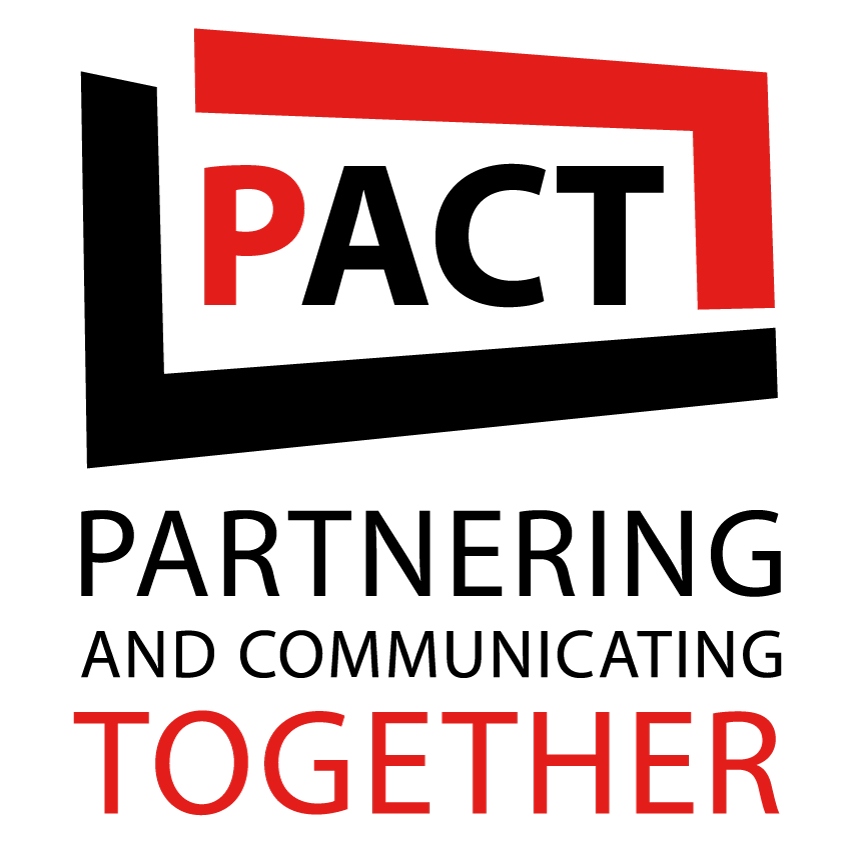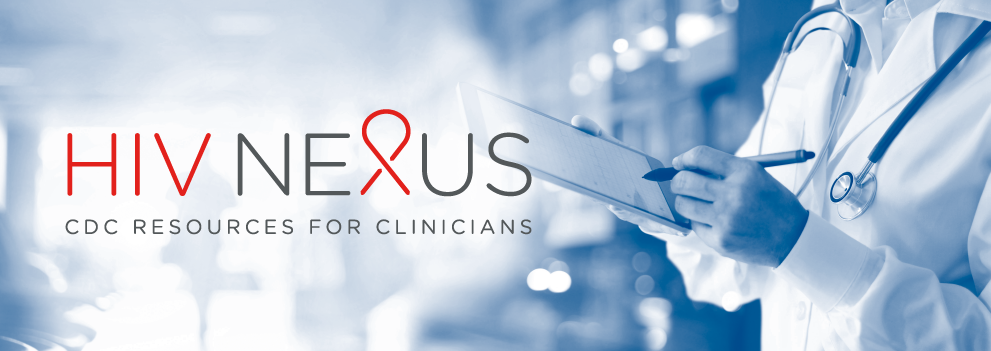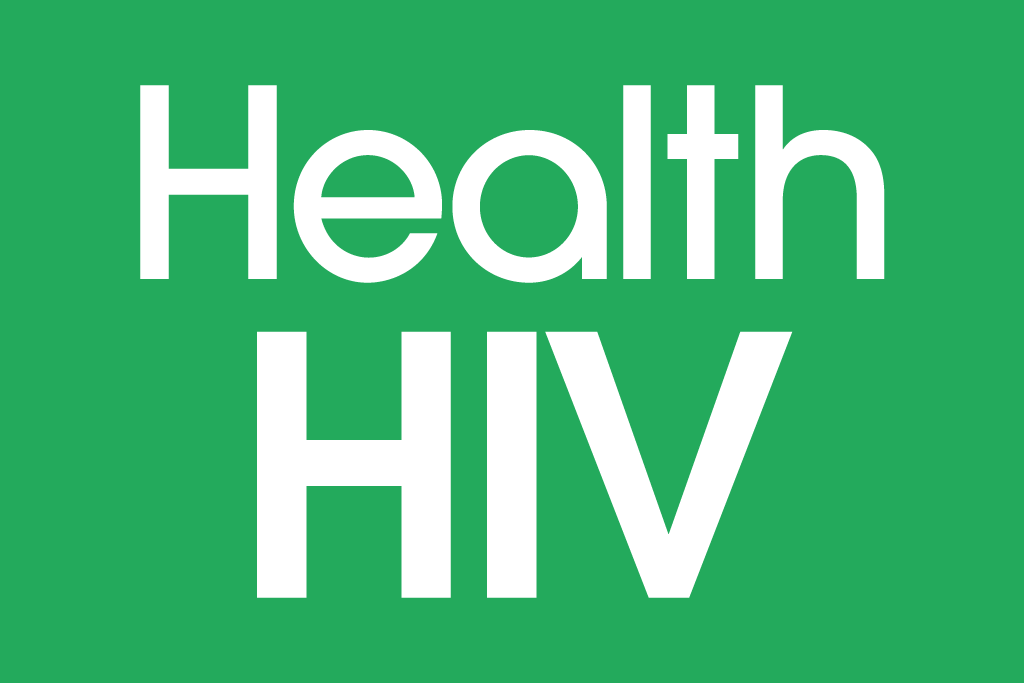BY BRIAN HUJDICH, OPINION CONTRIBUTOR
THE VIEWS EXPRESSED BY CONTRIBUTORS ARE THEIR OWN AND NOT THE VIEW OF THE HILL
With its landscape focus on reducing the excess burden of disease in vulnerable populations, the Biden administration has clearly renewed its commitment to ending the HIV epidemic by 2030. The path forward must make HIV prevention, care and treatment more accessible and routine. This path includes the importance of drug discovery for new and easier to administer long-acting, antiretroviral treatments (ARVs) to prevent, treat and possibly one day even cure HIV infection.
What once seemed impossible decades ago has turned into a reality as biomedical research led to newer HIV treatments and pre-exposure medicines (PrEP) that have decreased rates of transmission, increased viral suppression, as well as helped people living with HIV (PWH) live longer. Despite these milestones, access and affordability barriers remain front-and-center for many communities living with HIV and those at risk of infection.
Without adequate access to prevention, care, and treatment options, we won’t fully bend the HIV curve as downward. Alongside other health issues, HIV bears a disproportionate impact on various populations already experiencing social and health disparities. Without the same pace of innovation for new medicines and significant investment into communities at the margins, we’ll be (continually) tied to inequitable outcomes.
As such, Washington must reset its approach to the high costs of health care with a more patient-centered, health access and equity blueprint — extensively focused on disadvantaged populations. And that means that all the cost drivers in the healthcare system creating barriers for patients — especially those that limit access — need to be examined. Likewise, a new blueprint also should address how insurance plans and pharmacy benefit managers (PBMs) practices factor into the “cost versus benefit” equation.
It is important to remember that the key approaches to eliminating HIV focus on medical progress while simultaneously working to enhance health equity. Treatments have evolved from daily regimens of multiple pills with high toxicity and side effects to one-pill-once-a-day regimens that have drastically improved adherence and outcomes. However, access challenges persist for many patients due to practices that make those medical breakthroughs systematically less accessible.
Mounting evidence tells us PBMs and insurance companies are implementing inequitable practices that shifts an increased burden onto patients that use “specialty medications,” like HIV ARVs, through prior authorization, tiering and other “utilization management” techniques. Costs preventing treatments is particularly distressing for those living with HIV, given that interruptions in regimens can trigger viral resistance.
We’re at an inflection moment in Washington, where lawmakers can look to the example of states that have addressed many of these access and affordability issues as models for federal policy. To date, 12 states and Puerto Rico have passed legislation to protect patients from harmful “copay accumulator” policies that don’t count the value of copay assistance toward patient out-of-pocket costs. Meanwhile, 7 states, including New York and Louisiana, have enacted policies that create a coinsurance cap, preventing insurers from passing exorbitant fees onto patients through the way they structure health insurance plans. Other states have opted to protect providers’ ability to determine the best regimen to treat patients with HIV by outright banning prior authorizations of HIV ARVs in their Medicaid program, such as Alabama and Connecticut, or even PBM utilization management practices, like California and Maine.
Like many states, Washington state, is actively working to protect patients from harmful and discriminatory policies that limit HIV treatment access. In fact, its statewide LGBTQ Commission received direction from the Washington State Legislature to establish an HIV Medication Workgroup to collaborate with its Health Care Authority (HCA), Department of Health (DOH), and advocates for PWH to review the fiscal implications of eliminating current prior authorization and fail-first requirements. In response, the legislature adopted a temporary fix proviso to cover an open formulary. Advocates are continuing to work closely with officials in the state to pass legislation that protects patient access to HIV medicines.
So, rather than looking back at why recent health care reform attempts have stalled, federal lawmakers can look to the success of bipartisan state solutions as models for advancing policies to protect patients in communities disproportionately impacted by HIV. By creating a new federal healthcare policy framework that is patient-centered and promotes both discovery and access, lawmakers can reduce costs for most Americans and drive healthcare equity for underserved communities to achieve our ultimate goal of ending the HIV epidemic.
Brian Hujdich is the executive director of HealthHIV, one of the largest national HIV non-profit organizations, which also runs HealthHCV and the National Coalition for LGBTQ Health.



